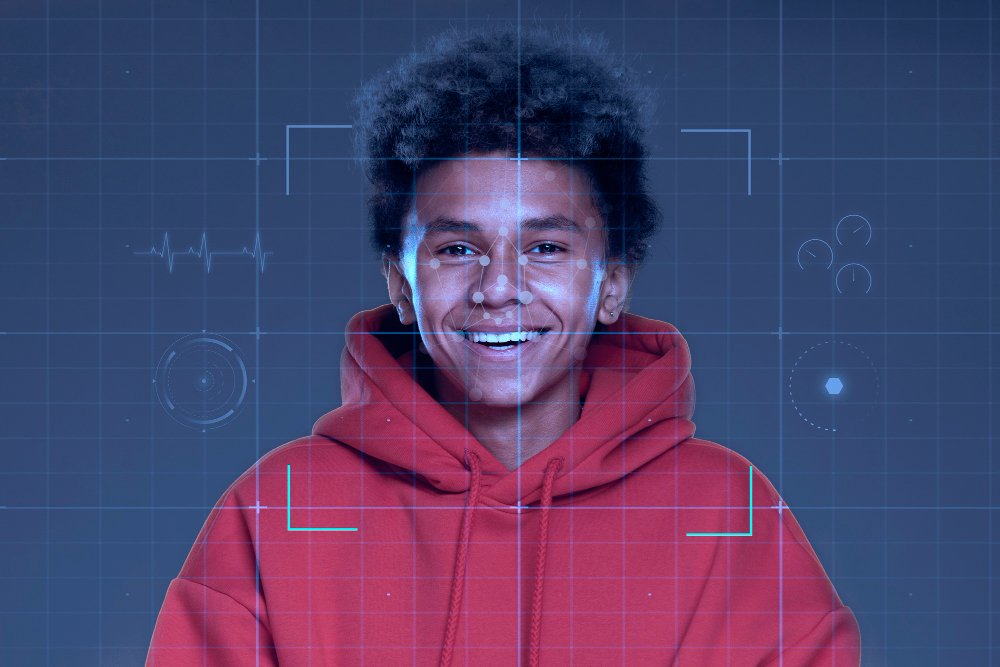When we talk to someone, we don’t just listen to their words. We also look at their face to see how they’re feeling. Our faces can show a lot of different emotions, like happiness, sadness, or surprise. There’s a special tool called the Facial Action Coding System (FACS) that helps us understand these facial expressions better. Let’s dive into how we can use FACS in emotional analysis.
What is the Facial Action Coding System (FACS)?
The Facial Action Coding System (FACS) is like a dictionary for facial expressions. It was created by scientists to help us understand the different movements our faces can make. Each movement is called an “Action Unit” (AU), and each AU is linked to a specific part of the face. By looking at these AUs, we can figure out what emotion someone is showing.
Why Use FACS in Emotional Analysis?
Accuracy: FACS gives us a precise way to look at facial expressions. This means we can be more accurate in understanding emotions.
Consistency: Because FACS is a standardized system, it helps researchers and professionals be consistent in their analysis. This is important when comparing results from different studies or situations.
Depth of Understanding: FACS doesn’t just tell us if someone is happy or sad. It can also show us more complex emotions and subtle changes in feelings.
How to Use FACS in Emotional Analysis
Learn the Basics: Before you start using FACS, you need to learn about the different Action Units and what they mean. There are many resources available, including books, workshops, and online courses.
Practice Observing: Start practicing by observing people’s facial expressions in real life or in videos. Try to identify the Action Units you see and think about what emotions they might be showing.
Record and Analyze: When you’re analyzing emotions using FACS, it’s helpful to record the facial expressions so you can look at them closely. You can use video recordings or photographs. Then, go through the recording frame by frame to identify the Action Units.
Interpret the Findings: Once you’ve identified the Action Units, you can start interpreting the emotions. Some Action Units are linked to specific emotions. For example, AU 12 (Lip Corner Puller) is often associated with happiness. However, it’s important to consider the context and other nonverbal cues when interpreting emotions.
Use Software Tools: There are software tools available that can help with FACS analysis. These tools can automatically detect Action Units in videos or images, which can save time and improve accuracy.
Tips for Effective Use of FACS
Practice Makes Perfect: Learning to use FACS effectively takes time and practice. Don’t get discouraged if it feels challenging at first.
Consider the Context: Always consider the situation and context when interpreting emotions using FACS. The same facial expression might mean different things in different situations.
Use Other Cues: While FACS is a powerful tool, it’s important to use it alongside other cues, such as body language and voice tone, to get a full picture of someone’s emotions.
Be Ethical: When using FACS in research or practice, always follow ethical guidelines. Make sure you have consent from people whose facial expressions you are analyzing.
Stay Updated: The field of emotional analysis is always evolving. Stay updated with the latest research and developments in FACS and related areas.
Attention to Subtle Movements: FACS can help identify very subtle facial movements that might be missed in casual observation. Paying attention to these small details can provide deeper insights into a person’s emotional state.
Cultural Sensitivity: Be aware that cultural differences can influence facial expressions and their interpretations. It’s important to consider cultural context when analyzing emotions using FACS.
Avoid Overinterpretation: While FACS provides a detailed analysis of facial expressions, it’s important to avoid overinterpreting the data. Not every facial movement is linked to a specific emotion.
Training and Certification: Consider getting formal training or certification in FACS. This can improve your skills and credibility in using the system for emotional analysis.
Integration with Other Research Methods: FACS can be combined with other research methods, such as psychological assessments or physiological measurements, to provide a more comprehensive understanding of emotions.
Ethical Use of Automated Tools: If using automated software tools for FACS analysis, ensure that they are used ethically, respecting privacy and consent, especially when analyzing facial expressions in naturalistic settings or from online sources.
Continual Learning: Emotional analysis using FACS is a complex field. Stay engaged with ongoing learning and professional development to refine your skills and stay current with advancements in the understanding of facial expressions and emotions.
Conclusion
The Facial Action Coding System (FACS) is a valuable tool for understanding emotions through facial expressions. Whether you’re a researcher, therapist, or just someone interested in human behavior, learning to use FACS can give you deeper insights into the emotions behind the expressions. Remember to practice, consider the context, and use FACS alongside other cues for the most accurate emotional analysis.
